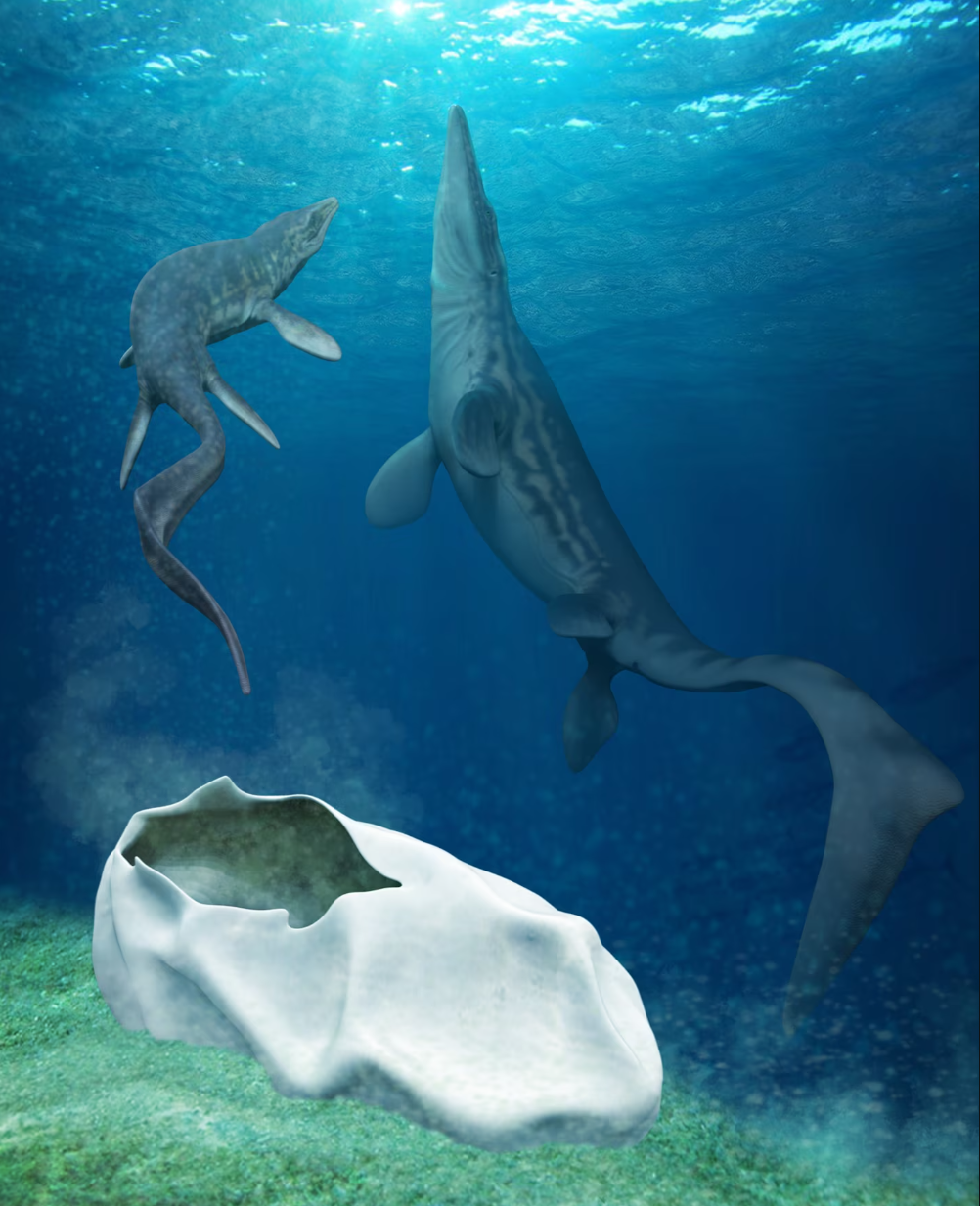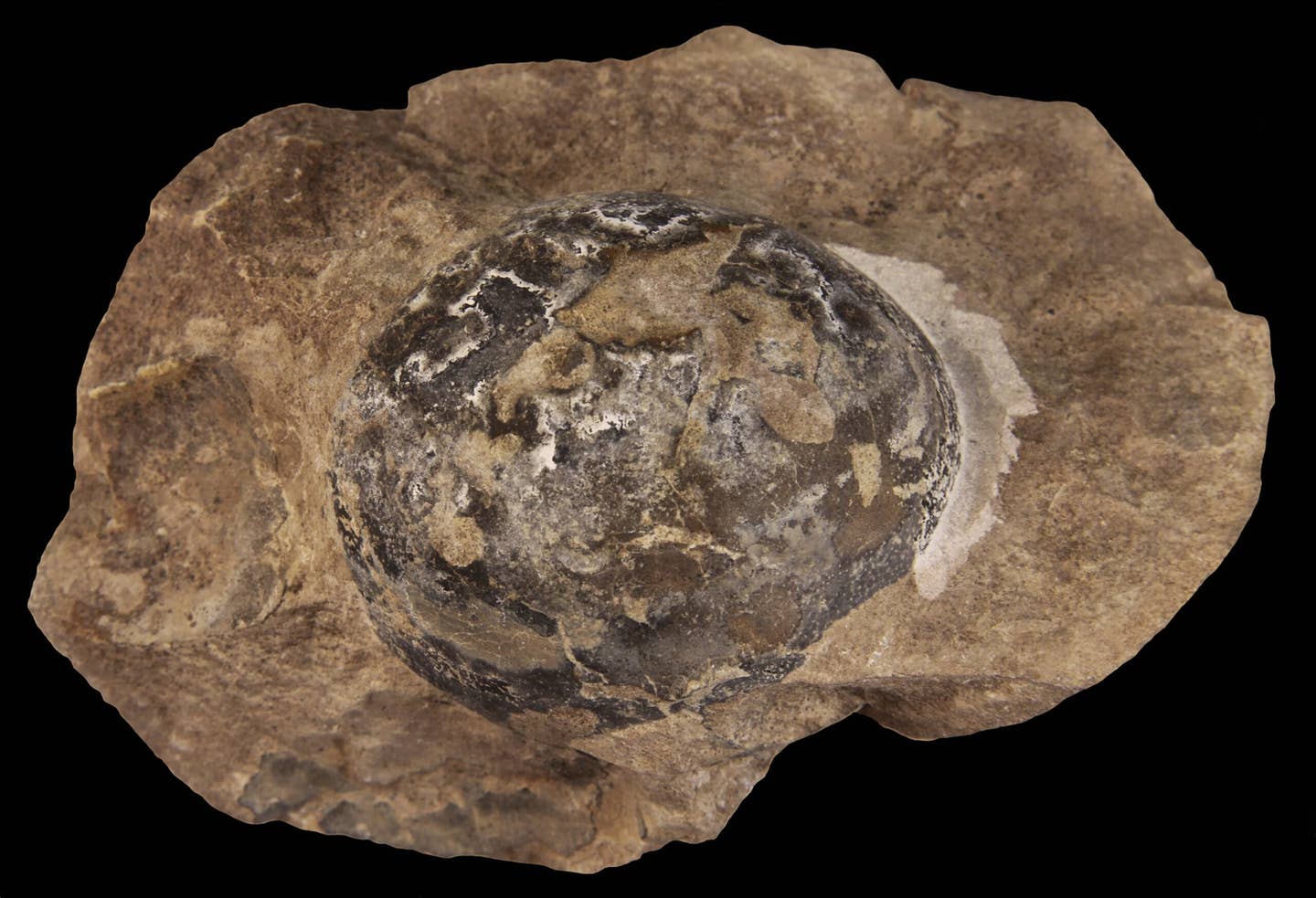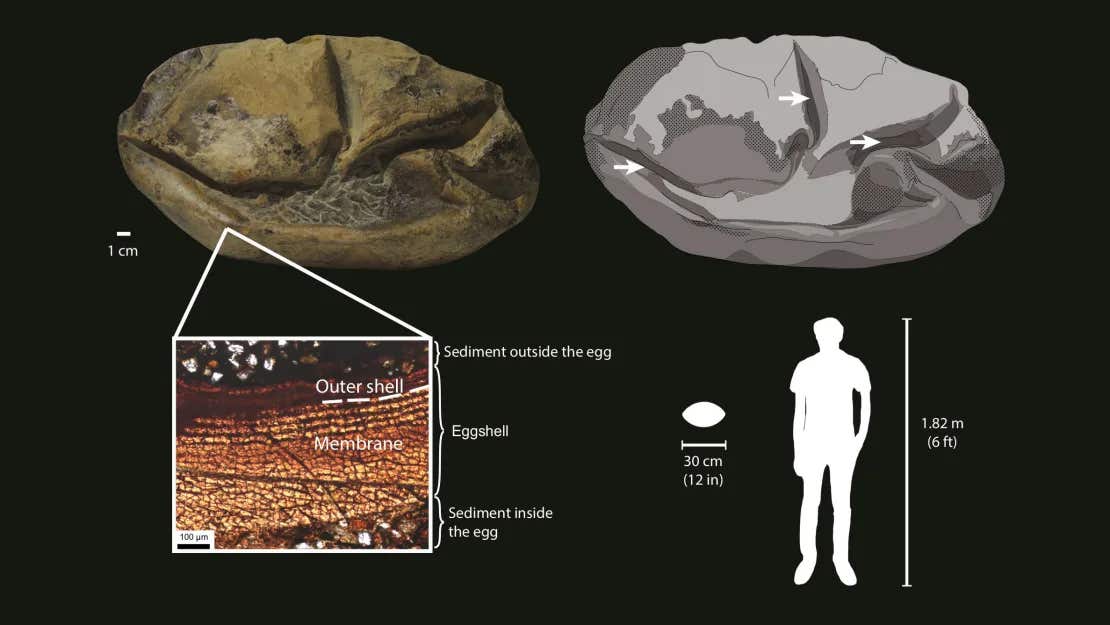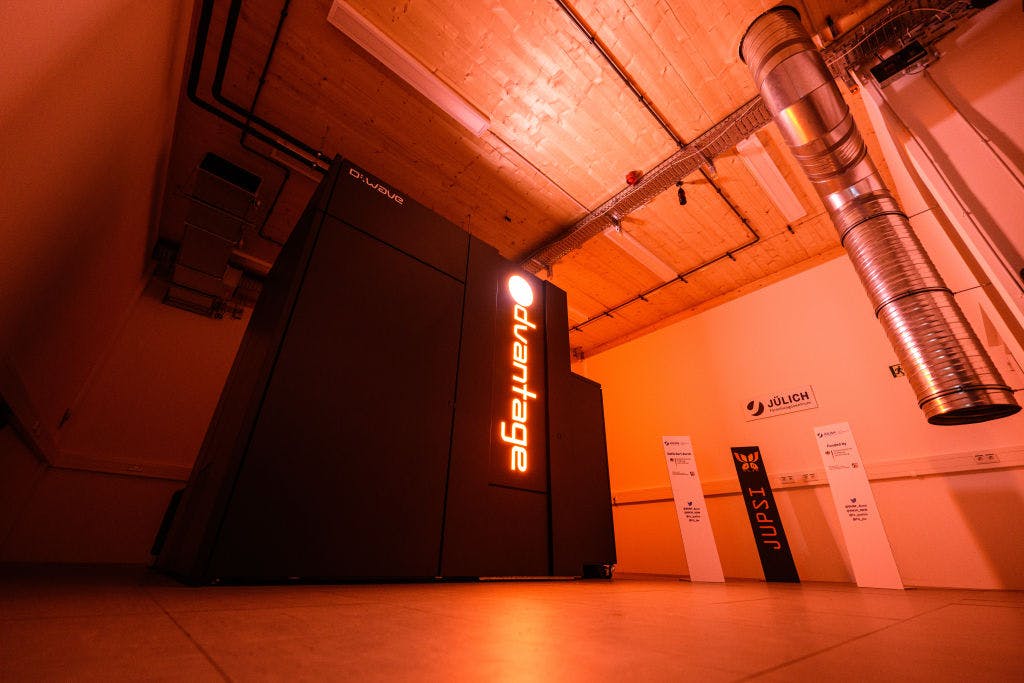In the remote, icy expanse of Antarctica, beneath layers of sediment untouched for millions of years, a fossil discovery has sent shockwaves through the scientific community. What was once thought to be an anomaly has now been identified as an extraordinary find, challenging long-held beliefs about ancient marine life and reproduction. This remarkable discovery could rewrite the history of prehistoric creatures that once roamed our planet.
Giant Egg Unearthed After 68 Million Years
In 2011, a Chilean research team working off the coast of the Antarctic Peninsula made an unexpected discovery. Buried beneath 68 million years of frozen sediment on Seymour Island, they uncovered a massive, soft-shelled egg.
Measuring approximately 11 by 8 inches, it quickly captured the attention of paleontologists, who initially struggled to classify it due to its unusual structure. According to The Brighter Side, researchers have named the egg Antarcticoolithus bradyi, and it is considered one of the largest eggs ever found, second only to the extinct Madagascan elephant bird’s egg.
The egg’s soft, leathery surface set it apart from the hard-shelled eggs typically found in dinosaur fossils. The wrinkled, deflated appearance of the specimen earned it the nickname “The Thing,” a reference to the iconic science fiction film set in the harsh Antarctic environment.


A Breakthrough in Reptilian Reproduction
The fossil’s significance extends beyond its size. Julia Clarke, a vertebrate paleontologist at the University of Texas, described the egg as “exceptional in both size and structure,” noting that no other known fossil comes close to matching its features. Lucas Legendre, the lead author of the study, pointed out that the egg’s morphology closely resembles that of modern lizards and snakes rather than dinosaurs, challenging previous assumptions about ancient marine reptiles.


The most striking discovery is the implication for the reproductive habits of marine reptiles, particularly mosasaurs. Unlike the common belief that these creatures gave live birth, this egg suggests they may have laid soft-shelled eggs in water, where they would hatch almost immediately. This revelation could upend decades of thinking about the reproduction of ancient marine life.
Clues Point to a Massive Mosasaur Parent
Although no embryo was found within the egg, the proximity of the fossil to the remains of Kaikaifilu hervei, a giant mosasaur species, provides compelling evidence for the egg’s origin. Mosasaurs, large aquatic reptiles related to modern snakes and lizards, are known to have dominated the oceans during the late Cretaceous period.


The size of the egg, along with the fossils of baby mosasaurs found nearby, suggests the mother was a creature at least 23 feet long, a size consistent with K. hervei. The discovery has led scientists to propose that this region might have served as a nursery for marine reptiles. If proven, this could add a new layer of complexity to our understanding of how these prehistoric creatures nurtured their young.
Soft-Shelled Eggs: A New Evolutionary Understanding
The discovery of A. bradyi is not just significant for this single find, but for what it reveals about the evolution of reptile reproduction. Paleobiologists have long debated the scarcity of soft-shelled eggs in the fossil record, as their delicate structure makes them less likely to fossilize. However, this egg, along with other recent discoveries, suggests that soft-shelled eggs may have been more common among early reptiles and dinosaurs than previously thought.
Researchers like Darla Zelenitsky, a paleobiologist and expert in fossilized eggs, have described these findings as “spectacular,” especially when placed alongside similar discoveries in dinosaur species like Protoceratops and Mussaurus. These soft-shelled eggs challenge the long-standing belief that all dinosaur eggs had hard shells, offering new insights into the reproductive evolution of these ancient creatures.
The discovery also raises intriguing questions about how mosasaurs laid their eggs. Some scientists believe these creatures deposited eggs directly into the water, similar to modern-day sea snakes. Others propose that they may have laid eggs on beaches, with the young making their way to the sea much like baby sea turtles. Regardless of the exact method, the find has dramatically expanded our understanding of prehistoric life in the oceans.
Source link


